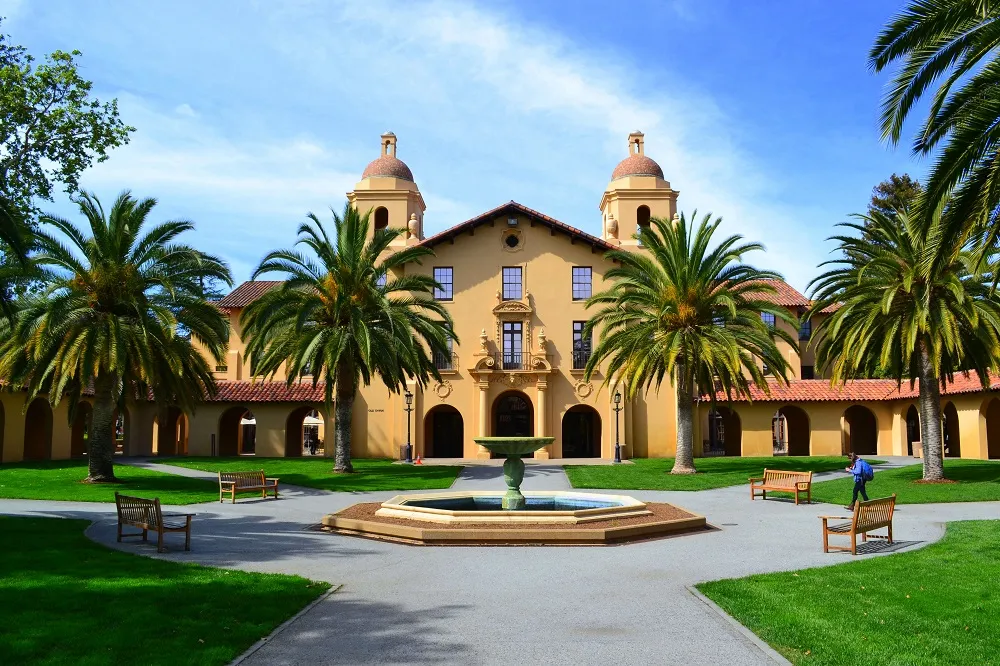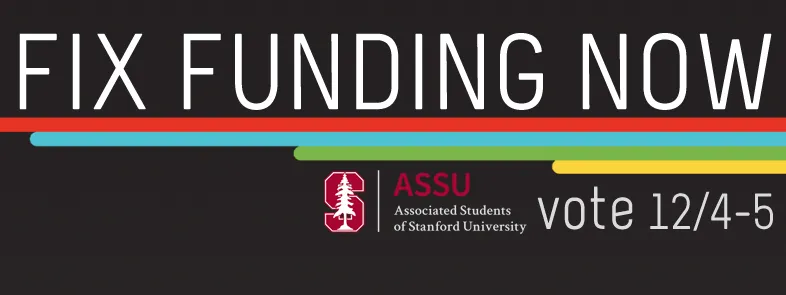Table of Contents
ECON 102B is a class that is both highly frustrating and incredibly useful. Indeed, the power to perform regressions and gain what seems like the power to predict almost anything based on just a few data points can be incredibly intoxicating. Given that I am currently at that stage, where the power to perform regressions seems awesome as opposed to mundane and since, as I have demonstrated, I am an ASSU political junkie, I decided to crunch a few numbers based on last year’s elections to give a little taste of what we might see this year. First, I’ll show each regression (only one in this post, however) and then explain what it means (for those interested, everything was done in Stata, which is on all of the computer clusters; I have cut out extraneous information, but I’m happy to email out anything if someone wants it). So what did I find?
As a side-note, I ran another regression with the variables PetitionsSOCC and PetitionsSBS to try to explore this by seeing if membership in these organizations had any particular effect on well-prepared (high petition) candidates or less prepared (low petition) candidates, but nothing came out as significant. In both cases, however, the coefficient was negative, suggesting that these organizations did in fact work to bring up the least prepared members rather than solely relying on the effect of choosing the “best” candidates already.
I also performed the more interesting analysis of actually predicting election winners and losers, but I’ll save that for a future edition. I will say that the best model correctly predicted 14/15 candidates, which is, one might argue, actually quite a feat (albeit one with the benefit of hindsight). I may even wait to post the model until the SOCC candidates are announced and/or until we find out if any form of SBS is re-emerging so that I can try my hand at guessing this year’s results as well. Ah, that intoxicating (albeit likely foolish) power of regressions…
Below, I ran the regression while excluding candidates with fewer than 400 votes (i.e. excluding non-serious campaigns), but the results are not particularly different (SBS becomes marginally significant instead of just significant), so I’m just putting them here because they were requested by a reader.








